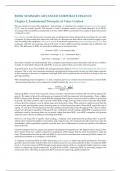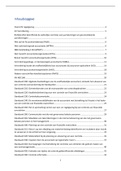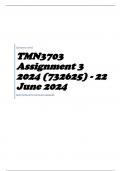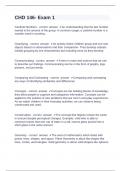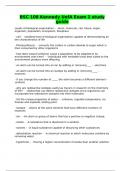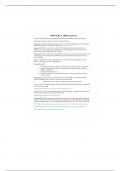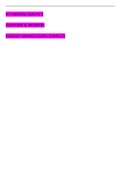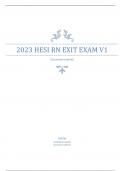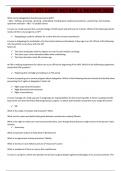Samenvatting
Book Summary Advanced Corporate Finance
- Instelling
- Vrije Universiteit Amsterdam (VU)
- Boek
- Valuation Workbook
This is a book Summary for the required readings of the book Valuation by McKinsey for the mastercourse Advanced Corporate Finance at the VU.
[Meer zien]
